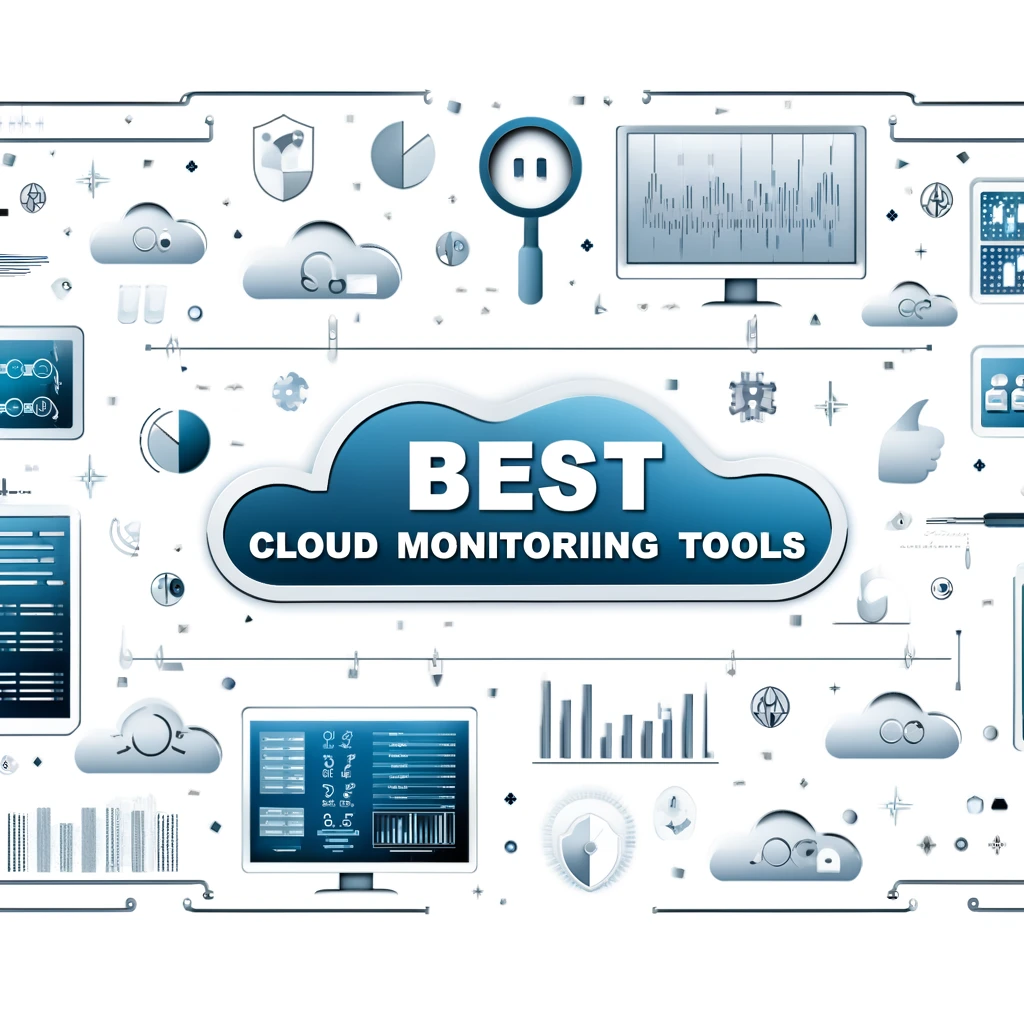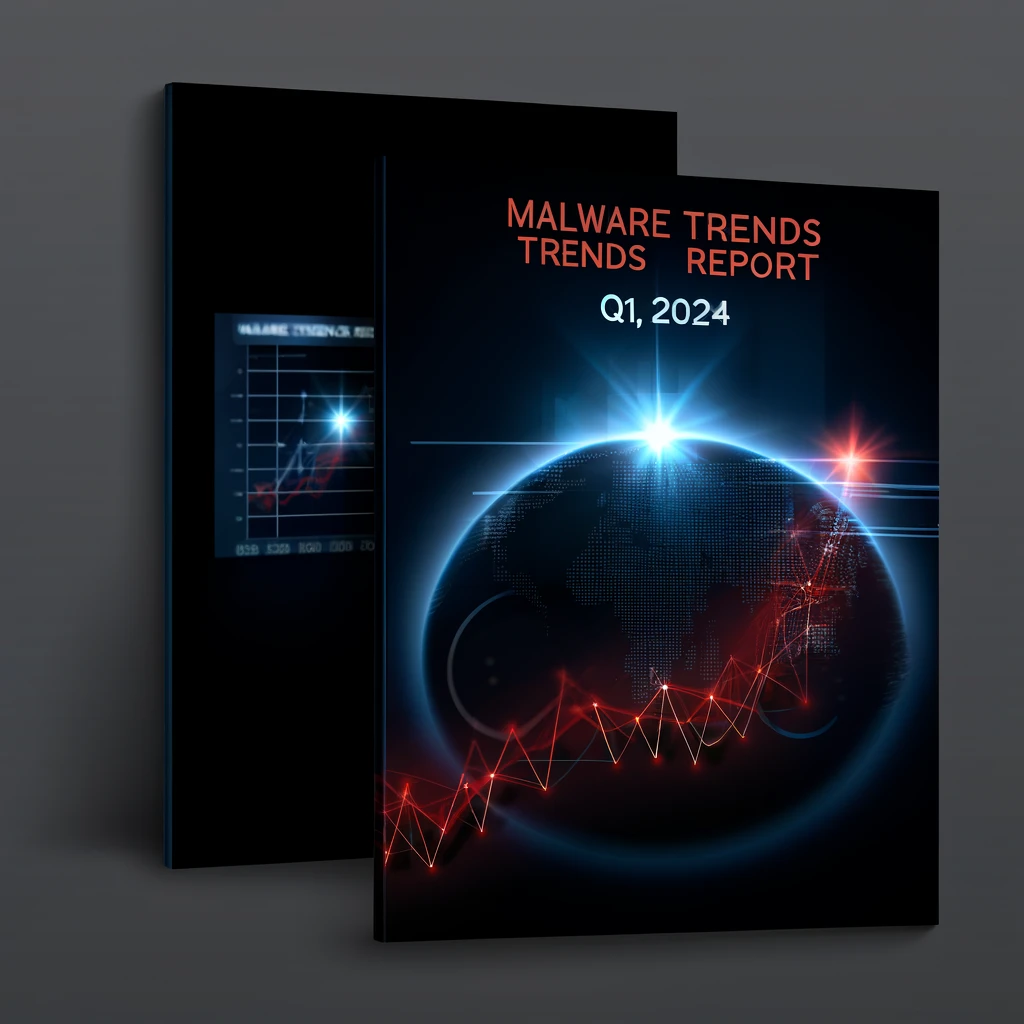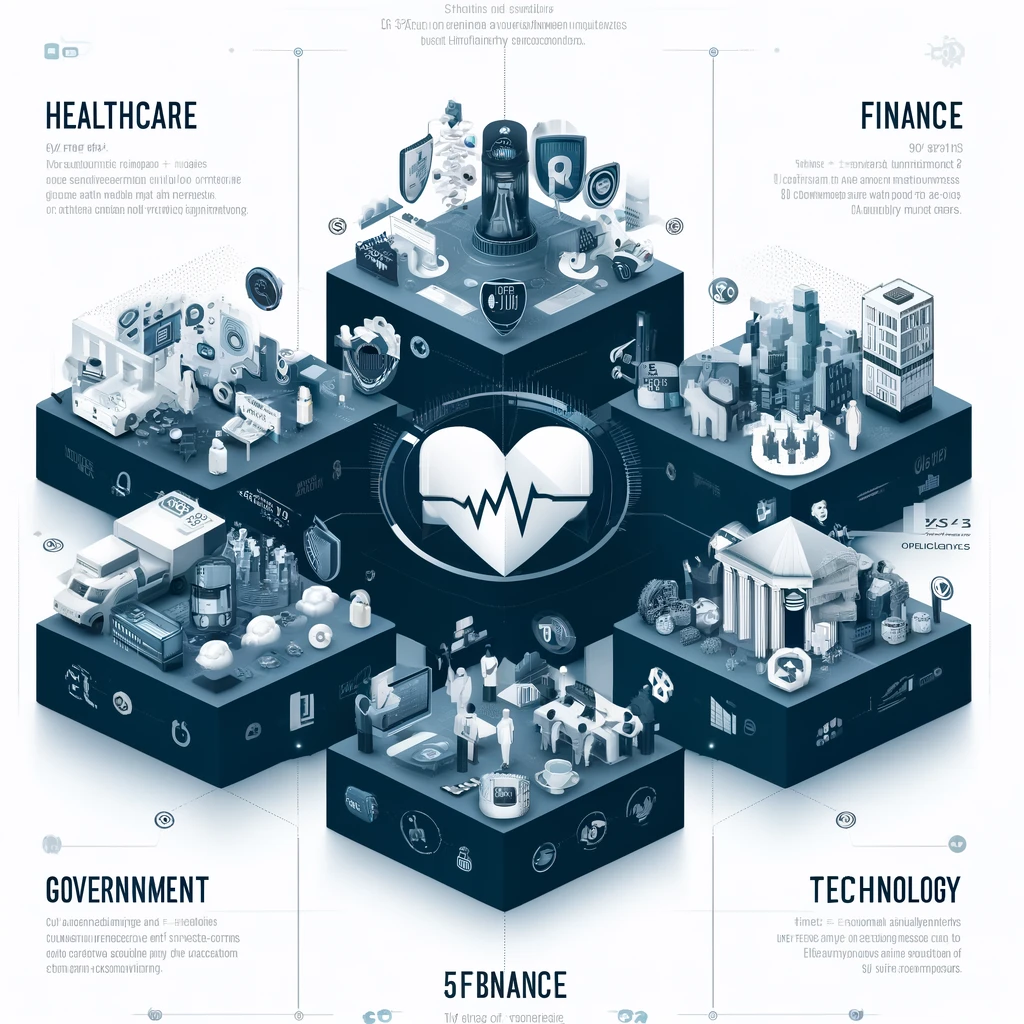Cloud monitoring tools track and analyze the health, performance, and security of cloud resources by collecting metrics on resource utilization, application performance, and security posture. The data is used to identify potential problems, ensure adherence to service level agreements (SLAs), and optimize costs.
Cloud monitoring tools can be automated or manual, and they provide cloud administrators with a comprehensive view of their cloud environment. As cloud adoption grows, so does the need for these tools to proactively identify and prevent issues, ensuring the smooth operation of cloud-based services.
Different types of cloud usage monitors include:
- Virtual network monitoring
- Database monitoring
- Website monitoring
- Virtual machine monitoring
- Cloud storage monitoring
Cloud usage monitors provide visibility into various aspects of cloud infrastructure performance. Virtual network monitoring tools track network health and traffic patterns. Database monitoring focuses on connection management, query performance, and data integrity.
Website monitoring keeps an eye on resource utilization, traffic levels, and uptime for cloud-hosted websites. Virtual machine monitoring leverages virtualization techniques to simulate and monitor virtual machines within the cloud environment. Finally, cloud storage monitoring helps track resource usage and the performance of IaaS and SaaS storage solutions.
1- CloudMonix:
CloudMonix is a SaaS application for Microsoft Azure Cloud that enhances cloud monitoring and automation by offering real-time dashboards, performance metrics, customizable alerts, and instant notifications for proactive issue detection, as its unique alerting system helps pinpoint critical issues.
The live monitoring dashboard provides Azure Cloud administrators with insights into resource utilization and triggers alerts for anomalies. An automation engine allows scripting responses to production problems, enabling self-healing actions and automated resource scaling, where each application module includes a link to a comprehensive support page.
2- Azure Monitor:
Azure Monitor collects data from various sources, including Azure and on-premises environments, analyzes it, and provides actions to maximize application availability and performance.
Organizations can leverage Azure Monitor to monitor backups, ensure successful backups and restores, and optimize Office 365 ProPlus running in multi-user virtual environments.
3- Solarwinds:
SolarWinds Server & Application Monitor (SAM) offers a full-stack application performance monitoring solution for private, public, or hybrid cloud environments by collecting user experience data, metrics, traces, and log data to provide comprehensive monitoring. It’s features include a simple web interface, non-intrusive architecture, auto network discovery, performance troubleshooting support, and customizable thresholds.
For hybrid cloud environments, SAM can monitor latency, server, and application dependencies, including Real User Monitoring (RUM), to provide insights into how real users interact with the website.
4- Amazon Cloudwatch:
Amazon CloudWatch is a monitoring service that collects and visualizes real-time metrics, logs, and events for AWS resources, hybrid environments, and on-premises applications by providing up to one-second visibility of data and allowing users to define custom metrics for application performance tracking.
Its dashboards offer a comprehensive view of resource utilization, application health, and operational trends, enabling users to troubleshoot issues, optimize resource allocation, and gain insights into overall infrastructure performance.
5- Sematext Cloud:
Sematext Cloud is an observability platform that provides a unified view of application performance, including metrics, logs, service availability, and user experience, by offering real-user monitoring, infrastructure monitoring, and log management functionalities.
It integrates with various tools, like Docker and Nginx, via its API. By offering HTTP monitors for global uptime and availability monitoring and by analyzing real-user data and identifying anomalies, Sematext Cloud helps improve the digital experience of customers.
6- PagerDuty:
PagerDuty is an incident response platform that centralizes data from various monitoring tools (Splunk, New Relic, etc.) to provide a unified view of IT operations, automates workflows by integrating with Service Cloud, enables on-call scheduling with mobile accessibility and synchronizes with popular calendar applications.
Machine learning algorithms analyze trends to predict performance issues and improve team accountability by assigning ownership of services and components.
7- AppDynamics APM:
AppDynamics APM uses APM tools and analytics to provide detailed insights into application performance and monitor real-time user experience across various environments, including servers, databases, the cloud, and hybrid deployments.
By automatically generating a topology map of the application ecosystem, it helps pinpoint the root causes of performance issues and prioritize remediation efforts based on business impact, which allows IT teams to deliver critical information to stakeholders for faster decision making.
https://www.appdynamics.com/product/application-performance-monitoring
8- Retrace:
Retrace is an application performance monitoring (APM) tool that offers a variety of features for developers, including application monitoring, performance management, error tracking, custom metrics, log management, and secure data access.
It provides developers with complete visibility into their cloud applications and infrastructure by tracking application performance, errors, and additional IT stack issues. Retrace also offers real-time analysis through code-level visibility and integration with log and error data by integrating with various services and it is affordable for small and medium businesses.
9- Logic Monitor:
LogicMonitor is a SaaS-based infrastructure monitoring platform that offers pre-configured and customizable monitoring solutions for various IT components, including applications, networks, servers, cloud environments, VMs, databases, and websites.
It provides functionalities such as data visualization through dashboards, cloud provider monitoring for capacity and services, anomaly detection with patented algorithms, and automatic cloud resource monitoring with data ingestion, incident identification, and dashboard creation by integrating with various third-party tools for enhanced functionality.
10- Unigma:
Unigma Cloud Management Suite is a cloud management service designed for MSPs (Managed Service Providers) to monitor and manage public cloud infrastructure for their clients.
It provides a unified dashboard to monitor resources across various cloud platforms, like AWS, Azure, and Google Cloud, eliminating the need to manage each platform individually. It automates common cloud tasks, offers a multi-tenant, white-labeled platform for MSPs to deliver cloud management services to their clients and also simplifies billing with reporting features for client cloud usage and costs.
Cloud monitoring empowers proactive management of cloud-based resources by offering real-time metrics, anomaly detection, and security insights, which enable performance optimization, downtime reduction, and threat prevention through early identification of vulnerabilities and serve as a core function within an observability strategy for cloud deployments.
Never forget to check out our YouTube channel, ETHICAL EMPIRE, and keep reading our exciting blogs. Until next time, stay curious, stay secure, and keep exploring the fascinating world of cyber security. See you soon, bye!
Try Hack Me’s 1 Month Voucher Giveaway Link : https://forms.gle/xpqS2jgspyC22K5d8

















